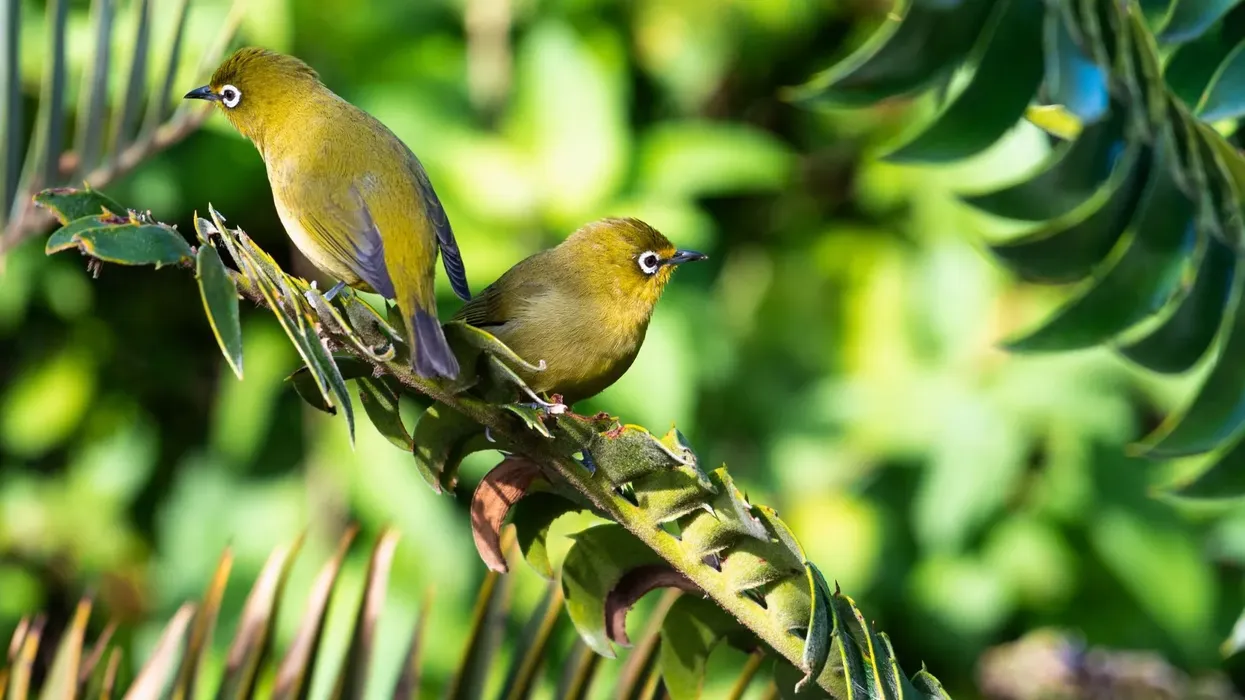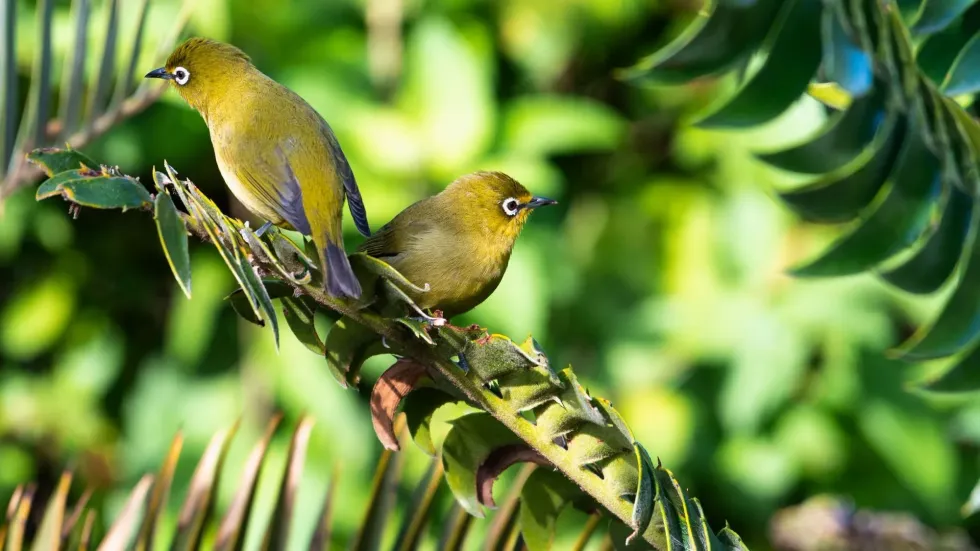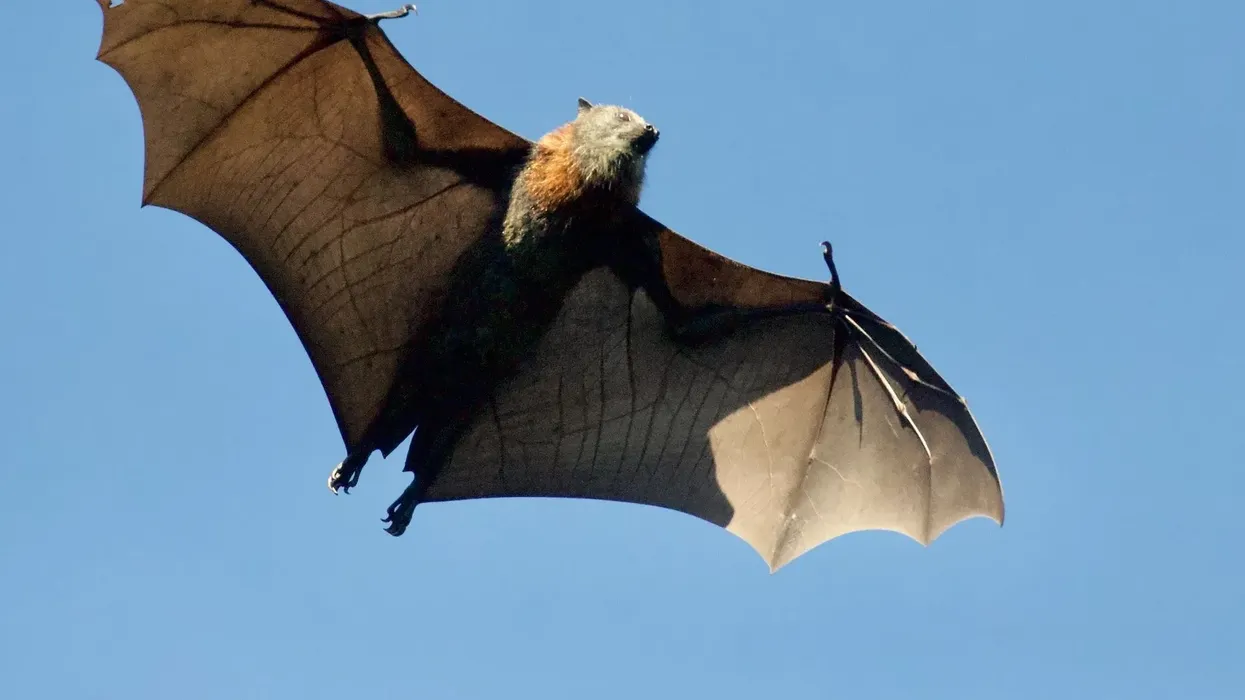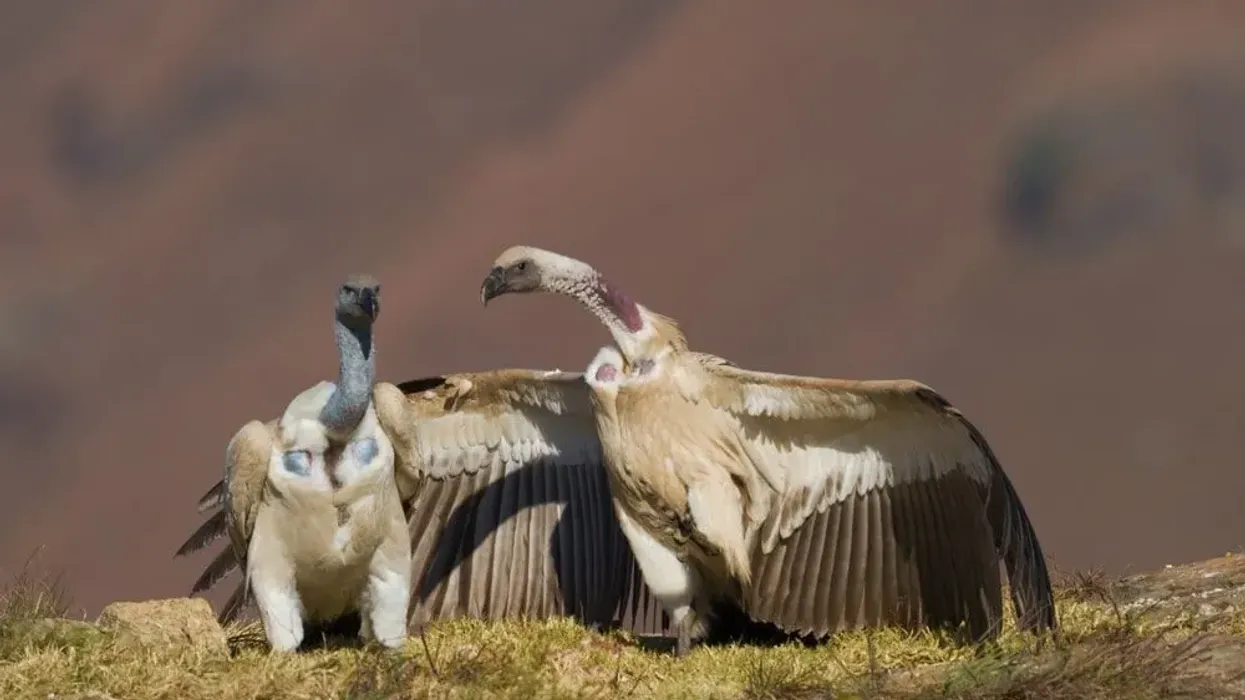Are you looking for unique species from the southern part of the African continent? Then you should definitely read about the small and adorable Cape white-eye birds from South Africa and its neighboring countries. The Cape white-eye is one of the species of white-eyes found in the African continent that are known for having white feathers around their eyes.
The scientific name of the species is Zosterops virens and they have two subspecies, namely Zosterops virens virens and Zosterops virens capensis. The subspecies Zosterops virens virens is found in areas of south-western Mozambique, south-eastern and south Botswana, Swaziland, and northern and eastern parts of South Africa.
The second subspecies, Zosterops virens capensis is usually observed in Lesotho and in the south and western parts of South Africa. Previously, the Orange River white-eye (Zosterops pallidus) were thought to be a subspecies but now they are different species altogether.
Wanna know more about the Cape white-eye? Read on to learn some amazing facts about this cute, little bird. For more relatable content, check out these crested partridge facts and crow-billed drongo facts for kids.
Cape White-Eye Interesting Facts
What type of animal is a Cape white-eye?
The Cape white-eye (Zosterops virens) is a species of bird that is native to the regions of southern Africa. These birds get their name for the distinct white feathers around their eyes that are in a shape of a ring, giving them the appearance of having white eyes.
Cape white-eyes are sometimes confused with the Orange River white-eye (Zosterops pallidus).
What class of animal does a Cape white-eye belong to?
Being a species of bird, the Cape white-eye belongs to the class of Aves. Furthermore, they are part of the Zosteropidae family and the Passeriformes order.
The genus of these birds from south African countries is Zosterops and their scientific name is Zosterops virens. Until recently, the species of Orange River white-eyes were thought to be a subspecies of the Cape white-eyes. However, now the Orange River white-eye (Zosterops pallidus) is considered to be a different species altogether.
How many Cape white-eyes are there in the world?
Unfortunately, the total population of Cape white-eye birds in the south African regions they inhabit is unknown. However, most conservation groups like the International Union For Conservation Of Nature, known as IUCN, do not put Cape white-eyes in Threatened or Endangered categories.
Interestingly, as the Cape white-eye (Zosterops virens) and the Orange River white-eye (Zosterops pallidus) were thought to be in the same species taxonomy, it might be possible that their total population distribution overlaps with each other.
Where does a Cape white-eye live?
Cape white-eyes are found in a wide distribution range in their native habitats. Usually inhabiting areas of southern Africa, the Cape white-eye species can be found primarily in the country of South Africa.
In South Africa, they can be found near the eastern Cape and the south western regions. This bird species has also been spotted in north and north-eastern South Africa and in the western part of the KwaZulu-Natal region.
Apart from South Africa, the Cape white-eye bird can be found in eastern and south eastern areas of Botswana, and in the smaller landlocked countries near the south African peninsula of Lesotho and Swaziland. This bird group has also been seen in certain habitat ranges in the south and south eastern corners of Mozambique.
What is a Cape white-eye's habitat?
Due to their varied distribution in their range, Cape white-eyes can be found in a wide variety of habitats. Usually, their habitats include savanna woodlands, acacia trees, riverine forests, urban and suburban gardens.
Apart from the gardens and woodlands, these birds can also be found on roads and on streets with trees, local parks, and even in exotic plantations. Flower gardens with hedges are a common site this bird species visits all the time.
They can also be seen in evergreen forest and montane forest habitats at times. In general, this diurnal bird species has been observed at a height of up to 9,088 ft (2,770 m).
Who does a Cape white-eye live with?
A bird belonging to the Cape white-eye species taxonomy is extremely social in its behavior. These birds are often seen in a large flock or group of up to 100 individuals. Very rarely have these birds been seen alone without a partner or a group in gardens and forests.
There are certain hierarchies within a group of Cape white-eyes. This structure of dominance is especially prevalent within male birds of the group. When birds are selecting their partners, the system of hierarchy and who ranks where in the group becomes important criteria for selection.
Interestingly, even though Cape white-eyes are thought to be social birds, during the breeding season, breeding pairs are usually solitary, with just the parents taking care of the young bird belonging to this species.
How long does a Cape white-eye live?
There are some contrasting reports about the longevity of the Cape white-eye in the wild. Some studies claim that according to records from ringing these birds, their average longevity is around eight years.
This is quite similar to the lifespan of the Orange River white-eye (Zosterops pallidus). However, other search missions have concluded that this bird species has the capability to live until 10 years in the wild.
One of the more intriguing facts about this species in regards to their lifespan is the fact that studies have shown that their annual rate of mortality ranges between 35% to 36%. This could be a concern for the species in the future if the rate were to continue to rise.
How do they reproduce?
The breeding season of Cape white-eyes depends on the place where they live. For example, around south western South Africa, the breeding season is usually between September and December, while in north eastern South African regions, the season varies between June and October.
On the other hand, in areas like Botswana, the species mates and lays its pale blue eggs between the months of October and November and during the month of March.
Their courtship behavior includes the male bird singing songs from a single spot before a mate comes. Some aggression, like the fluttering of wings, has also been used to establish dominance.
Once a mate has been selected, both the male and the female bird will help in the building of the cup nest. The nest is usually built with twigs and plant materials. Sometimes, the nest is held together by materials like string.
Interestingly, the cup nest is built around 3-20 ft (0.9-6.1 m) above the ground. The site of the nest is selected so that the dense foliage around it helps hide the eggs.
In the nest, the female bird lays two to three pale blue eggs. Sometimes, four eggs are laid however most commonly it lays two eggs.
These Cape white-eye pale blue eggs are incubated by both parents for a period of 10 to 12 days. As the young bird hatches, the feeding of the young of the species is taken care of by both parents.
The young will gain the ability to fly in 12 to 13 days. Even though they fly off at around 13 days, these small green-yellow birds have a survival rate that is moderate to good.
What is their conservation status?
According to conservation organizations like the International Union For Conservation Of Nature or the IUCN, the Cape white-eye species have a fairly stable population trend. This is the reason why they have been classified as Least Concern in the IUCN Red List.
Cape White-Eye Fun Facts
What does a Cape white-eye look like?
The appearance of the Cape white-eye is quite unique. The first thing that strikes observers about this bird is the white-ring feathers around their eyes.
These white feathers are the reason behind calling the species family white-eyes. The plumage of the rest of the body of the Cape white-eye varies between green, yellow, and bright yellow. The breast and belly of the species can sometimes be gray and sometimes be greenish-yellow, depending on the subspecies.
These birds also have rounded wings. Apart from rounded wings, these birds also have strong legs. Their beaks have brown-blackish coloration, while their eyes are either grayish or dark brown. For this species, it can be hard to differentiate between males and females.
This species looks quite similar to the Orange River white-eye (Zosterops pallidus).
How cute are they?
With their small size and white eye-rings, Cape white-eyes are adorable and cute birds.
How do they communicate?
The Cape white-eye is known to be quite a loud bird in its native habitat range. This species has a wide variety of calls including short subdued calls and loud songs.
Their calls usually sound from 'tee tippee tweee yip yip twee…' to 'pirree' which is used as a call amongst the flock. They also have an alarm call and the species can imitate the calls of other birds.
How big is a Cape white-eye?
The Cape white-eye is a small-sized bird with an average length range of 3.9-4.7 in (10-12 cm). In comparison, the red-headed finch is slightly bigger than Cape white-eyes.
How fast can a Cape white-eye fly?
Unfortunately, the flying speed of the Cape white-eye is not known.
How much does a Cape white-eye weigh?
The average weight of the Cape white-eye usually remains between 0.3-0.5 oz (9.5-13 g). The European goldfinch has a similar average weight.
What are the male and female names of the species?
There is no specific or distinct name for the male and female of this species.
What would you call a baby Cape white-eye?
A Cape white-eye that is young can be called a nestling or a juvenile.
What do they eat?
The feeding and diet of the Cape white-eye is omnivorous in nature. These birds are known to have a diet of nectar, fruit, and small insects. These insects can include caterpillars, katydids, mantis, and moths.
Are they dangerous?
No, the Cape white-eye isn't dangerous.
Would they make a good pet?
Although they haven't really been kept as pets, the Cape white-eye species is quite popular amongst bird feeders. This is because this highly social species easily approach bird feeders for food.
Did you know...
Juveniles of this species are duller in their appearance, with the white eye-rings usually developing at the age of around five weeks.
Birds can have pale buff or white irises.
Does Cape white-eye migrate?
While there is no data recorded to show that these birds migrate, certain movements have been recorded within their distribution range. Ringing studies have shown the Cape white-eye can have a movement of around 101 mi (162.5 km) within the confines of their native habitat.
How many eggs does Cape white-eye lay?
In general, the Cape white-eye lays between two to four eggs during their breeding season.
Here at Kidadl, we have carefully created lots of interesting family-friendly animal facts for everyone to discover! Learn more about some other birds from our southern cassowary interesting facts and pine marten surprising facts pages.
You can even occupy yourself at home by coloring in one of our free printable modern birdhouse coloring pages.









